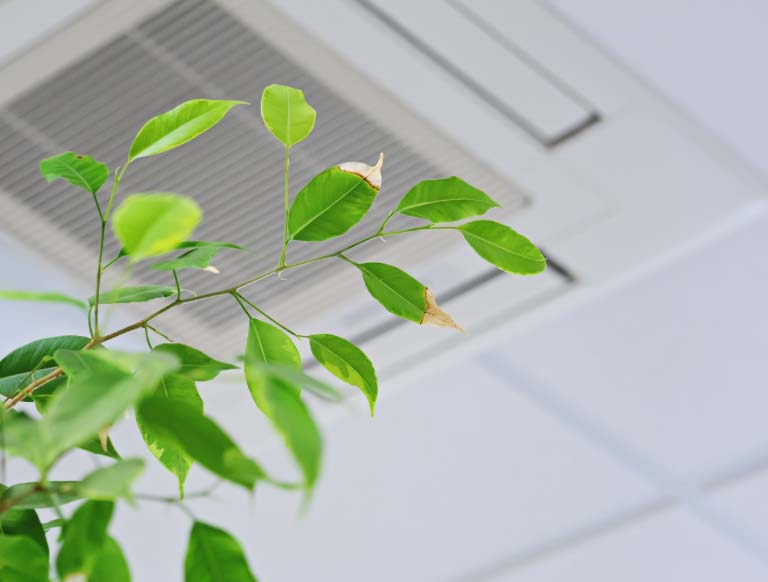How to look after your building
Here at System Hygienics, we talk a lot about building compliance, but do you know how to be fully compliant?

Are you on top of your building maintenance?
Here at System Hygienics, we talk a lot about building compliance, but do you know how to be fully compliant? If not you will, by no means, be the only one. A good place to start is to ensure you are keeping up to date with general building compliance regulations and those specific to your industry.
Not only is it essential that a building is compliant but routine maintenance measures will prevent costly issues in the long term. It is easy to focus on the visible aspects of maintenance when most of a building’s internal functions take place hidden within walls and ceilings!
So, what are the key things to keep in mind when maintaining a commercial building? This is, by no means, a comprehensive list but we recommend:
Reccomendations
1. Regular ventilation cleaning
For commercial and industrial properties, in particular communal workspaces, educational institutions, hospitals and hotels, ventilation cleaning must be carried out in compliance with the legal frameworks and workplace health and safety specifications.
2. Regular tests of your Local Exhaust Ventilation (LEV) systems
Local ExhaustVentilation (LEV) testing is a legal requirement to carry out at least every 14 months to ensure that the ventilation systems are functioning promptly. Hazardous dust inhalation causes many preventable accidents at work every year and poorly installed and maintained systems not only do not safeguard the environment but put workers and visitors at risk.
3. Extract cleaning
Internal systems such as kitchen, bathroom and toilet extracts and ductwork should be maintained and cleaned regularly, especially in kitchens; build up of fats and oils in kitchen extract systems affect the airflow efficiency, making for an unpleasant place to be. On top of this, poorly maintained kitchen extracts are a fire hazard. This is not only a breach of safety regulations but also will invalidate your buildings insurance.
Bathrooms and laundry extracts should not be forgotten, with both rooms likely to have no natural air movement, good ventilation is essential to allow heat and humidity to escape and prevent damage to the property.
4. Fire damper testing
Fire dampers must be maintained and tested by an expert at least every 12 months, clearly stated by British Standard 9999:2017. They are crucial for fireproofing a building and when properly installed and maintained will prevent the spread of fire through the ductwork. Failure to maintain can lead to hefty fines and possible criminal conviction if a preventable fire were to occur.
5. Air quality testing
Bad air quality contributes to a multitude of physical symptoms for a building’s inhabitants, this is referred to as Sick Building Syndrome (SBS). Did you know, according to the World Health Organisation up to 30% of new or refurbished offices may be connected to SBS? Air quality is a key part of complying with Workplace Health, Safety and Welfare Regulations Approved Code of Practice 1992 and it is the responsibility of facilities managers or buildings owners to carry out regular risk assessments and condition surveys to ensure a building’s ventilation systems are not contributing negatively to air quality.
Maintain that compliance
CIBSE, in partnership with the Royal Institution of Chartered Surveyors (RICS) and the Building Services Engineering Association (BESA), have produced an updated version of ‘Appendix 12.A1 - Indicative economic life expectancy', which contains recent life expectancy data for Fire Damper Testing/ Ventilation systems, amongst other building matters. We recommend this as a guide for keeping on track of when you need to update/replace these systems, but ,for further peace of mind, get in touch with us.
Here to help!
At System Hygienics we offer a suite of services to provide a ‘total solution’ for all of your cleaning, testing and remedial services to ensure you are operating safely and compliantly. We can also provide advice on building compliance if you need extra guidance, just get in touch on 01323481170 or email info@systemhygienics.co.uk to discuss how we can help you!



